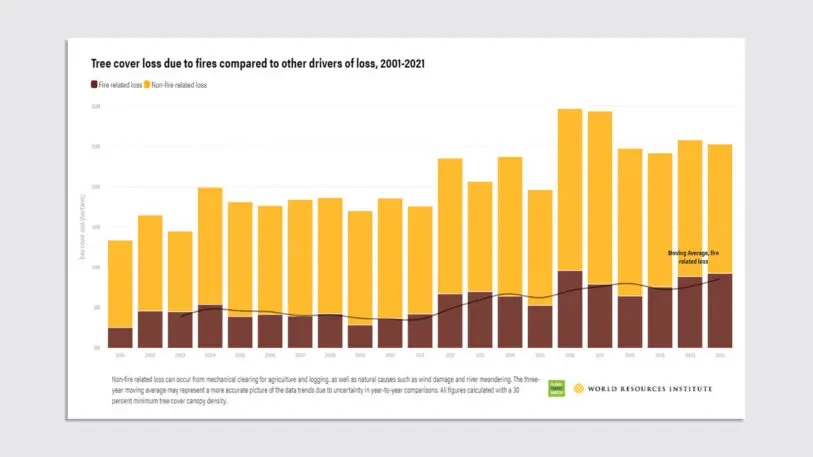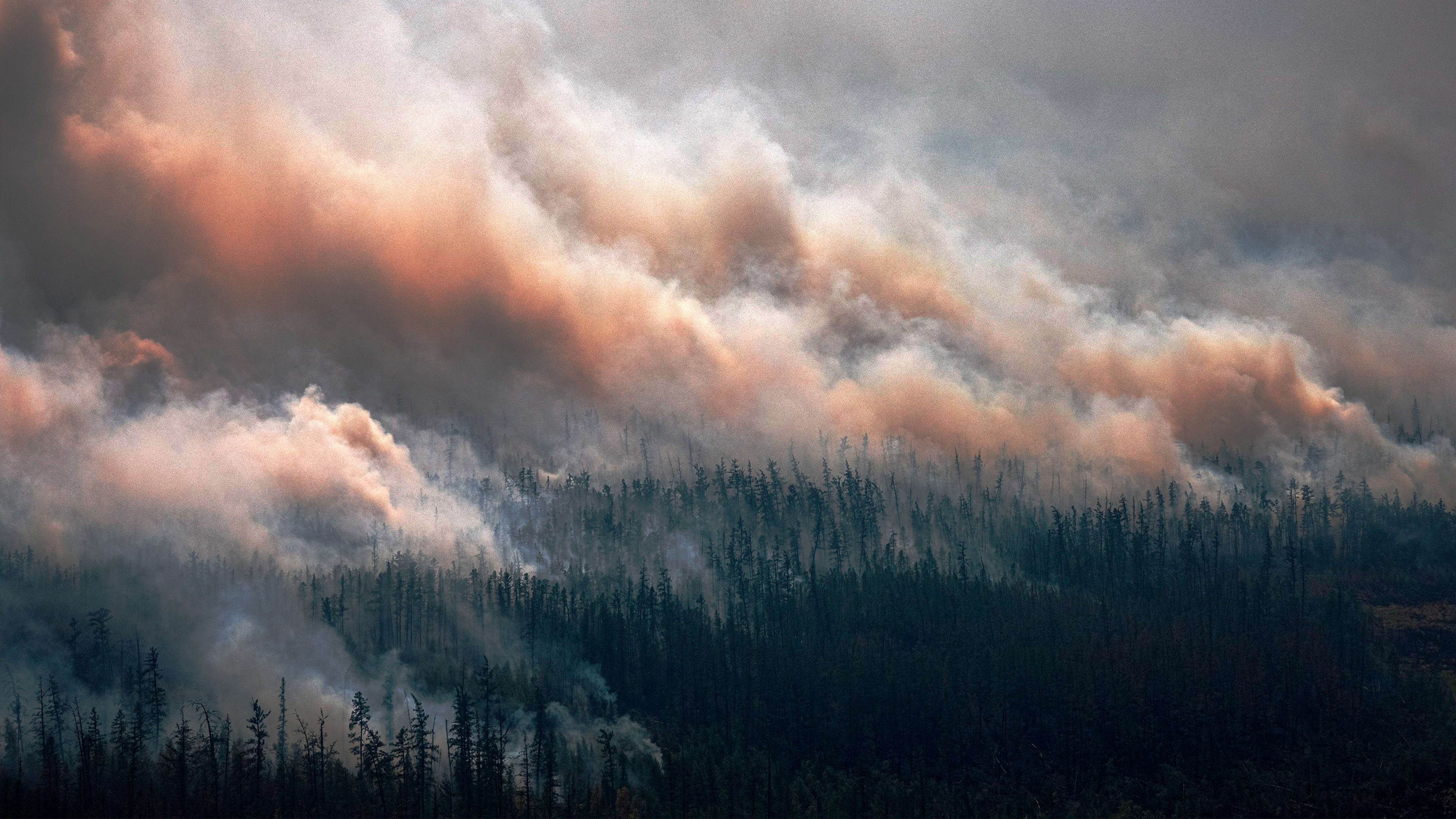If it seems like forest fires are getting much worse, that’s because they are. The area of trees lost to fires each year is now twice as large as it was in the year 2001.
In a new analysis, researchers at Global Forest Watch used satellite images to map out tree loss from fires over the last 20 years. Compared to the beginning of this century, the world is now losing more than 7 million additional acres of tree cover annually, an area roughly the size of Belgium.

[Image: Global Forest Watch/World Resources Institute]“You’re seeing these areas are drying out more, and they’re having longer fire seasons and more frequent and severe fires,” says James MacCarthy, a GIS analyst at Global Forest Watch. Though many places are naturally adapted to fire, “what’s really concerning is the increase in that frequency and severity,” he says. The analysis focused on stand-replacing fires, the kind that are so intense that most or all of the bigger trees in a forest die.

Governments can do more to help prevent the worst fires, such as by conducting prescribed burns to strategically clear dead trees and other vegetation before a wildfire begins. In the U.S., the new Inflation Reduction Act includes around $5 billion in new funding to fight wildfires, including support to reduce dangerous fuels in national forests. But slowing down climate change is the most critical step. On the current path of emissions, as climate change makes the world hotter and drier, extreme fires could increase 14% globally by 2030, 30% by 2050, and as much as 50% by the end of the century, according to a recent UN report.
Recognize your brand’s excellence by applying to this year’s Brands That Matter Awards before the early-rate deadline, May 3.
